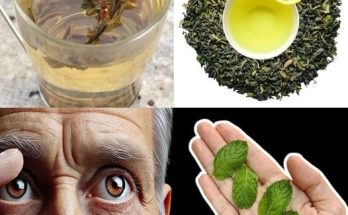8 Foods High in Lectins and What Really Happens When You Eat Them
Before you start avoiding these “anti-nutrients,” here’s what to know.
If you lurk on social media long enough, you’re bound to find a post that warns you off eating foods high in lectins. Now, while lectins are often disparaged as “anti-nutrients” and may sound vaguely sinister if you say “lectins” slowly enough, they are actually natural substances found in about 30% of the food commonly eaten in the U.S., including grains, fruits, vegetables, nuts, seeds and legumes.
“Dietary lectins are a family of proteins that bind to carbohydrates,” explains Ali Segersten, CN, a functional nutritionist and author of Nourishing Meals: Health Recipes & Meal Planning for Your Unique Diet. “In plant foods, lectins can act as part of the host defense system, protecting the plant from being eaten by animals and insects.” The same structure that makes them protective of those plants can also make them resistant to digestive enzymes, says Amy Shapiro, RD, CDN, the founder of Real Nutrition in New York, “so these reach the gut intact.” On the other hand, lectins slow down the absorption of food, so they can be helpful for stabilizing blood sugar.
In theory, these undigested proteins can lead to issues such as nausea, vomiting, upset stomach and diarrhea. Some books and social media posts have also linked lectins to chronic inflammation and obesity. However, for most people, “there is not yet any substantial scientific evidence to support the need to limit or avoid lectins,” Shapiro says.
The good news about dietary lectins is that even the foods that have the highest amounts can be safely eaten simply by cooking them. “Traditional methods of preparing foods, such as soaking, sprouting and fermenting, all greatly reduce the levels of lectins in foods,” says Segersten. By cooking or soaking the foods, you turn active lectins (what is found in raw plants) into inactive lectins. And since lectins have no nutritional value on their own, there’s no need to worry that you’re losing a valuable part of the food.
Here, a list of high-lectin foods and how to prepare them:













